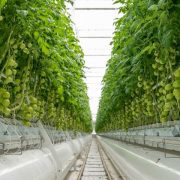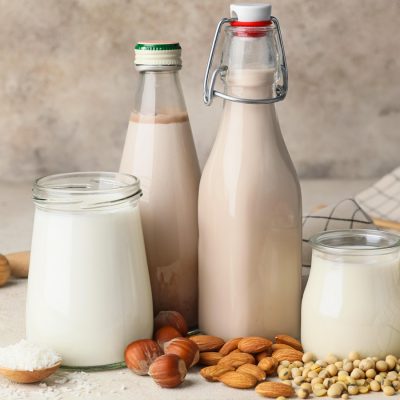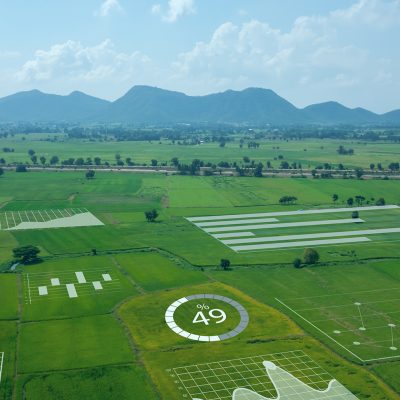Rainfed agriculture plays a huge part in the provision of food and livelihoods for an ever-growing world population. Steppe regions, semi-arid and dry savannah comprises some of the global hotspots of water-related problems in agricultural food production. This represents about 80 percent of the total 1.40 billion ha of arable land worldwide. Responsible for over 60 percent of the total global agricultural output, water-related problems can lead to high levels of malnourishment, poverty, and soaring demand for food.
To solve this problem, significant water investments in agriculture are required. Such investments are meant to ensure sustainable water governance for agricultural purposes through the deployment of robust high-precision technologies that help conserve water for irrigation and other farming practices in the ecosystem.
About 20 percent of the total cropped area in the world under irrigation, producing over 40 percent of the total farm output. These statistics clearly prove that the dry and semi-humid regions do not suffer from large yield gaps, not due to lack of water per se. In fact, it is due to ineffective crop, soil, and water management.
An important strategy that can be implemented to reduce the risk of crop failure in dry regions would require emphasis on water harvesting systems to support supplemental irrigation. A paradigm shift, the scope of implementing the SCPI would require a large-scale adoption of water harvesting systems under Integrated Water Resource Management (IWRM). In such a system, rainfall water is considered the entry point in the management of freshwater. It combines sustainable rainfed agriculture ecosystem (green water resources) and local runoff (blue water resources).
The transition between rainfed agricultural systems and supplementary irrigated agricultural systems needs to be reconsidered in order to bridge water-related problems during critical crop growth stages. An all-water option in the agricultural system that focuses on the meso-catchment scale should be considered. In place of the current IWRM focus on the basic level, the catchment scale provides a good opportunity of building resilience in agricultural systems that address the trade-offs between water for food and other terrestrial ecosystems.




